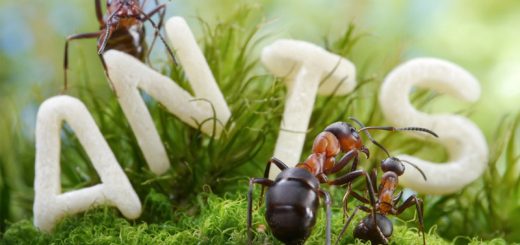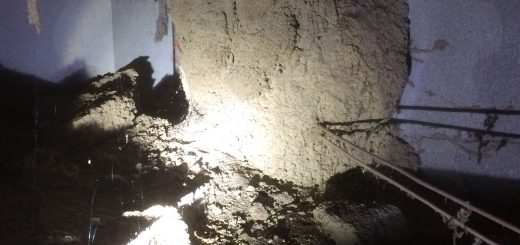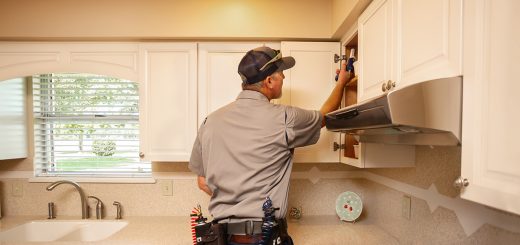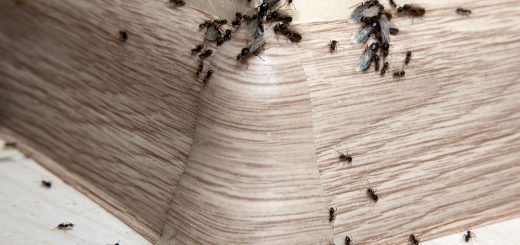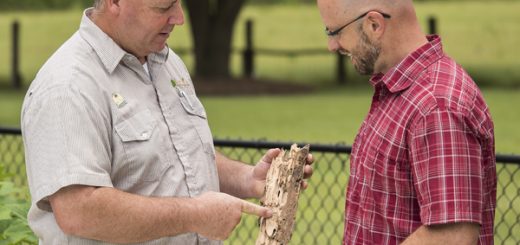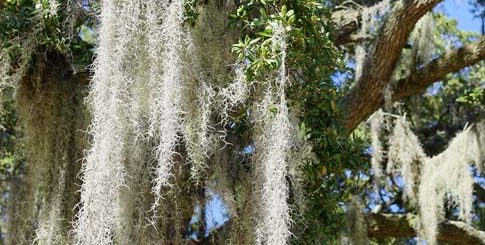Preparing for Storms: Hurricane Ian
Hurricane season brings a variety of potential risks, including everything from flooding to downed trees. Many, at times, do not realize the environmental impact that hurricanes and bad weather has on pests. Living in a hurricane prone area, it is important to be aware of the potential pest threats following a hurricane and bad weather.
Standing water, dislocated items, clogged storm drains and gutters as well as fallen trees can force pests to look for safe harborage on higher ground, which often means your home. These factors create the perfect breeding grounds for mosquitoes. Flooding causes pests such as rodents and fire ants to relocate, causing pest problems in areas that didn’t have pest activity before.
With Hurricane Ian churning in the Atlantic and only days away, we’ve prepared some home pest control tips for hurricane season. Start taking these proactive measures to keep your home pest free before and after Hurricane Ian.
Prepping for the Insect Invasion
Prep your home as best you can to keep unwanted house guests out during hurricane season. As you know hurricanes produce an enormous amount of rain which drives pests, mainly ants to seek shelter.
- Install door sweeps or thresholds at the base of all exterior entry doors.
Moist conditions are a “vacancy” sign for pests like termites. - Replace/repair window screens.
Insect prevention during power outages. - Seal cracks & openings in the building’s foundation.
To prevent ants, termites and other pests. - Seal cracks around windows, doors & fascia boards with caulk.
- Seal any piping holes from gas, electric or A/C work.
If a mouse can get its nose in, its body is following, 1/10” is all it needs. - Clear your home’s perimeter of wood, leaves, mulch & grass clippings.
- Place wood and yard debris as far away from home as possible – at least 25’.
Moisturized wood can attract termites, rodents & ants.
Home Preparation Tips
- Remove, store or secure outdoor objects. (ex: trash cans, furniture, kids’ toys, lawn equipment)
Any amount of standing water attracts mosquitoes not to mention this is a safety hazard. - Make sure windows and door frames are intact.
Properly board-up or tape over windows to reduce flying glass in the event of breakage. - Store & secure any materials that could fly during high wind speeds.
(ex: building materials, lawn equipment, flashing, metal, suspended signage, free-standing equipment) - Trim or remove damaged trees and limbs.
Make sure tree limbs are at least 4’ – 6’ away from buildings and its roof line to prevent pests. - Trim shrubs.
Make sure shrubs are at least 12” to 18” away from any structure. - Secure or replace any damaged or loose gutters or downspouts.
- Move all old equipment at least 25’ away from buildings.
Basic Preparation Tips
- Create an emergency preparedness plan.
- Review local evacuation procedures and know where to go!
- Hurricane Checklist by CNN
After the Hurricane:
Pests may relocate after a hurricane due to flooding and others are attracted to moisture such as termites.
- Be on the lookout for Red Imported Fire Ants in flood waters and debris.
- Repair structural damages to your home or buildings ASAP to prevent entrance by rodents and insects.
- Pick up toppled trash cans and scattered trash to avoid rodent and wildlife infestations.
- Throw away, remove or dry-out and thoroughly clean all wet or moisture-soaked furniture, mattresses, photo albums and carpets/floorings.
- If you have to remove trees, keep the branches and stumps as far away from the house as possible. Decaying wood can attract termites and ants.
- Check for any damages to building structures.

